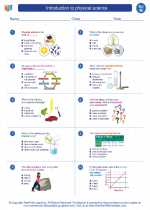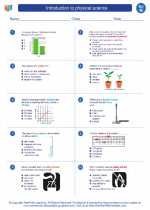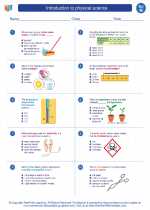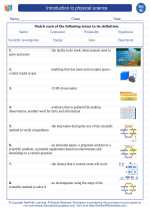Depth
Depth refers to the distance from the top or surface of something to its bottom. In the context of science, depth can be used to describe the distance from the surface of the Earth to a specific point underground or underwater. It is an important concept in various scientific disciplines, including geology, oceanography, and physics.
Factors Affecting Depth
Several factors can affect depth, depending on the specific context. For instance, in the case of ocean depth, factors such as tides, currents, and the topography of the ocean floor can influence the overall depth at a particular location. In geology, the composition of the Earth's crust and the presence of geological formations can determine the depth of rock layers or underground structures.
Measuring Depth
Depth can be measured using different methods and tools, depending on the environment being studied. In the ocean, depth is often measured using echosounders or sonar devices that emit sound waves and measure the time it takes for the waves to bounce off the ocean floor and return to the surface. In geology, depth can be determined through methods such as drilling, seismic surveys, and ground-penetrating radar.
Applications of Depth
Understanding depth is crucial in various scientific and practical applications. In oceanography, knowledge of ocean depth is essential for mapping the seafloor, studying marine ecosystems, and exploring for natural resources such as oil and gas. In geology, understanding the depth of rock layers and geological structures is important for mineral exploration, construction projects, and assessing geological hazards such as earthquakes and landslides.
Study Guide
- Define depth and explain its significance in scientific research.
- Discuss the factors that can influence depth in different environments, such as the ocean and underground geological formations.
- Describe at least two methods used to measure depth in oceanography and geology.
- Explain the importance of understanding depth in practical applications, such as resource exploration and hazard assessment.
- Discuss a specific example of how depth plays a critical role in a scientific or practical scenario, citing relevant scientific principles.





